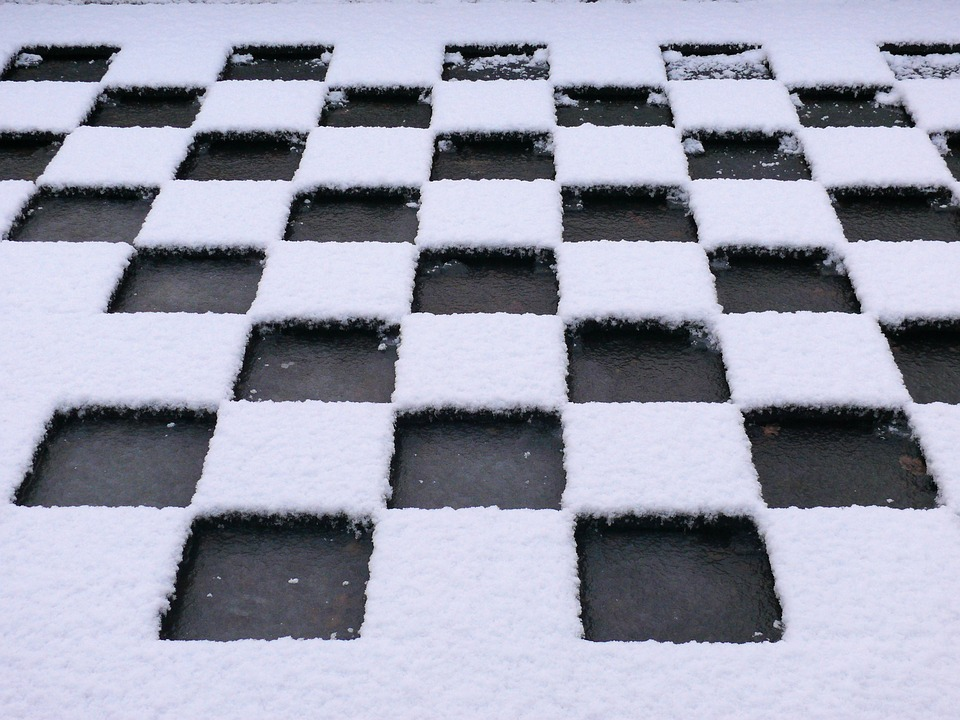PVC roofing is an option when you?re installing a new flat roof or replacing an existing flat roof. While these roofs are rare on single-family homes, they?re common in commercial, industrial and multi-family apartment buildings. There are three main types of roofing membranes for these buildings: EPDM, TPO, and PVC. PVC roof membranes have been in use for more than fifty years, though it is not as common as it should be. What is PVC roofing? And what are the benefits of PVC roofing membranes?
Table of Contents
An Introduction to PVC Roofing
PVC or polyvinyl chloride roofing is typically a single ply roofing membrane. Polyester is put between the layers of PVC to provide support. This type of roofing membrane is often used on flat roofs or low-slope roofs. There are a number of benefits to PVC roofing membranes.
Durability
These roofs are durable and strong because the seams are heat welded. This creates a watertight bond that is stronger than the PVC membrane by itself. This means the seams are permanent and won?t leak. It also means the PVC roof won?t rely on tapes, caulks and adhesives that add to the installation costs of other types of roofing membranes.
Wind Resistance
The heat-welded seams on these roof membranes are wind-resistant. For example, the wind can?t cause the taped-down seams to come loose and start flapping in the wind. This is why PVC roofs can hold up in Category 3 hurricanes.
Energy Efficiency
PVC roof membranes have a high level of solar reflectivity. This will reflect sunlight back up instead of allowing the roof to bake. When you have less solar heating, you won?t have to spend as much money to cool your building in the summer. The watertight seal also prevents moisture from seeping into the structure beneath, something that undermines the efficiency of insulation.
Cost-Effectiveness
PVC roofs are cost-effective. First, they can last more than twenty years. Second, the heat-welded seams eliminate a lot of the expensive repairs and maintenance that come with other types of roofing membranes. Just finding the water leaks in a tar and gravel roof can be time-consuming.
While standing water can cause problems, it is less likely to seep through the roof and cause severe water damage. Note that PVC material won?t prevent standing water and dust fuelling mould growth on the roof. And if there is damage to the roof, water can get in. This is why you do need to inspect the roofing membrane after heavy storms, especially the flashing and seams. Repair damage before it leaks.
Another point in favour of PVC roofs is that they?re literally flexible. They can be made to fit a variety of rooftops and can be installed over existing roofing systems. Find a team that’s familiar with Sika Trocal PVC membranes to get the best possible installation job. If you?re looking for such a team, you can find one at BelfastRoofingServices.co.uk/trocal.
Environmentally Friendly
PVC roof membranes are often part of a green building design just on the basis of their energy efficiency. However, they can survive prolonged exposure to conditions that would break down other roofs, and this may force you to install a whole new roof. For example, PVC roofs aren?t affected by the animal fat fumes that come out of grease vents, and that exposure takes years off the life of other types of roofs. PVC membranes won?t deteriorate on exposure to fungi, either. Now you don?t have to apply toxic fungicides to the roof in the name of protecting it. Better yet, you can put a plant roof over the PVC membrane.
Conclusion
PVC roofs have many benefits beyond a lower purchase price and installation costs. This is why they should be your first choice.

